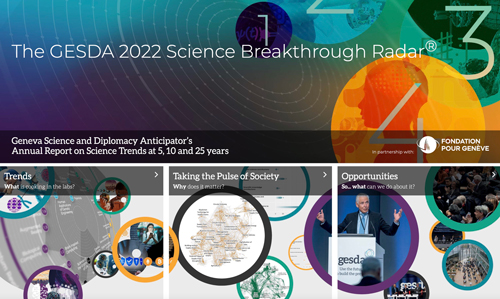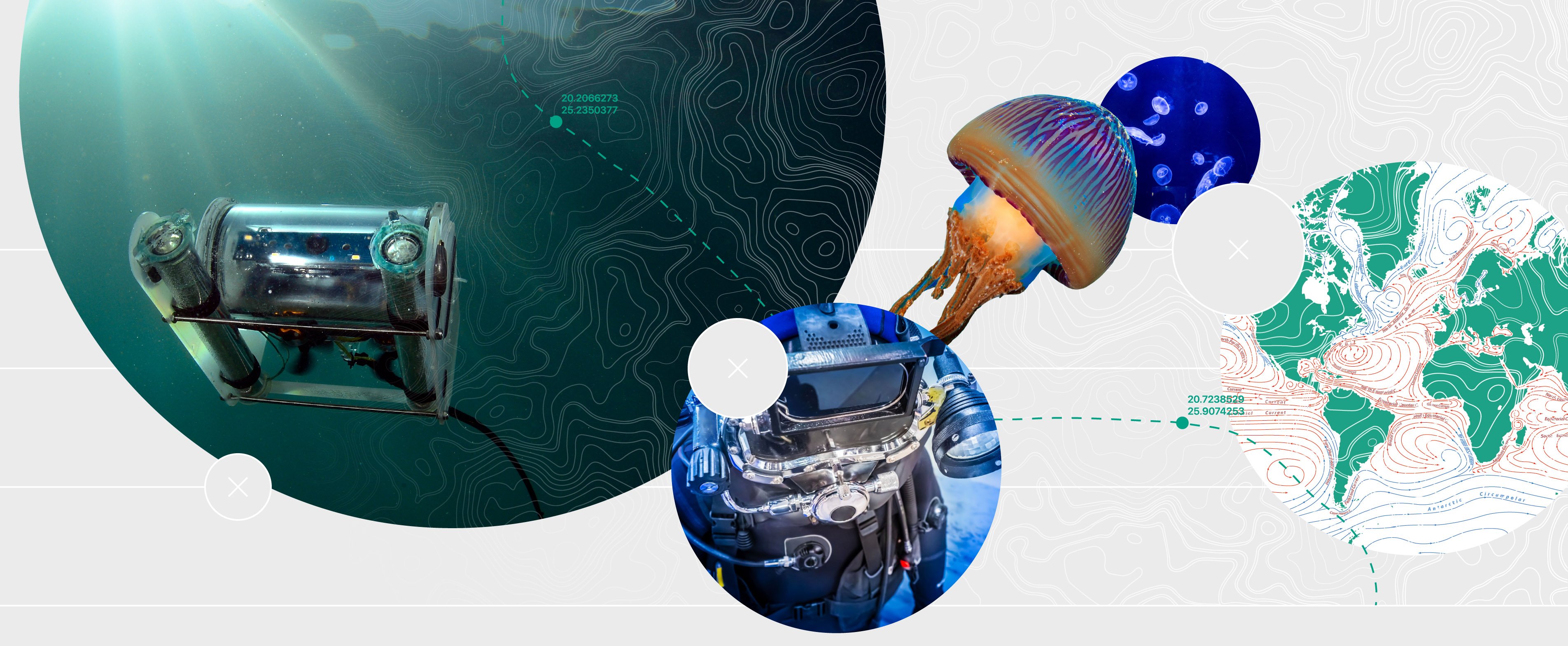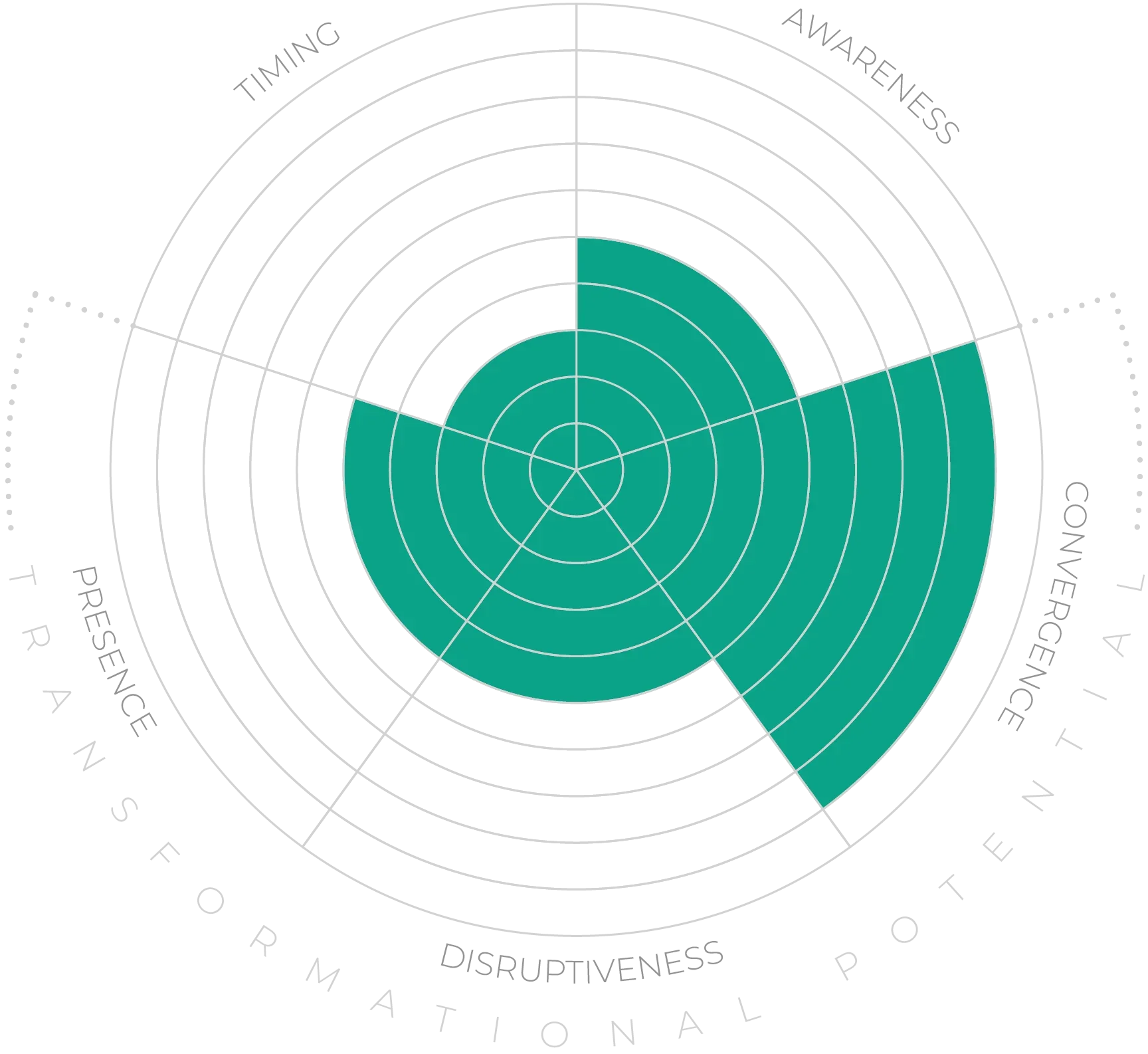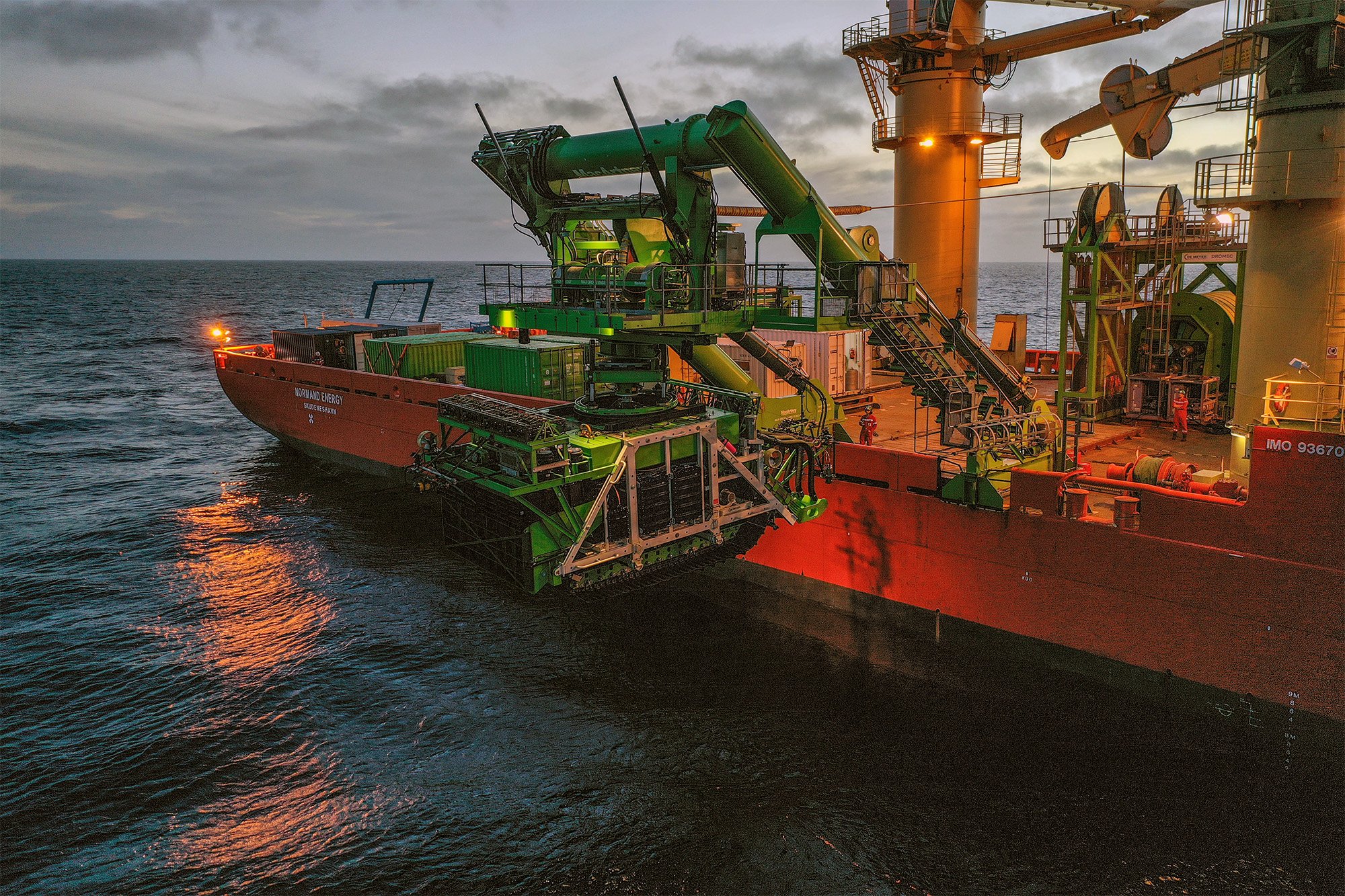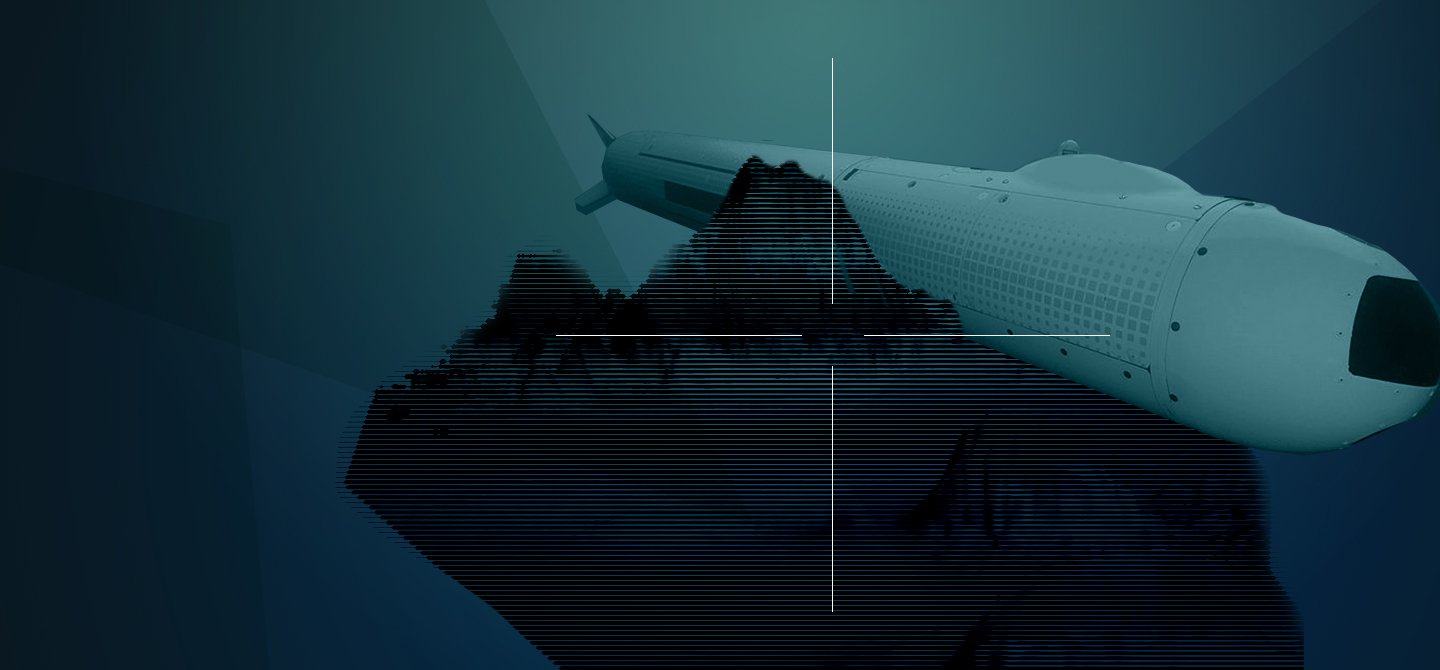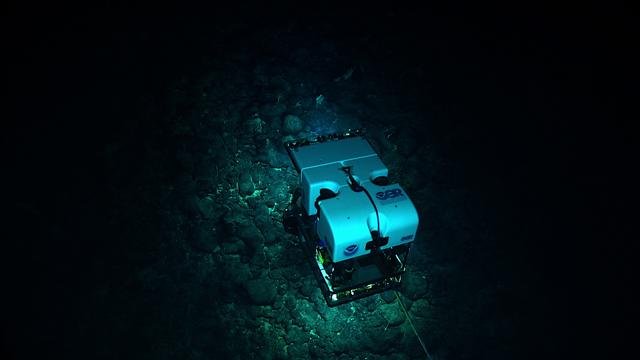The deep ocean, for example, is by far the largest habitat on the planet, in both area and volume, yet it is also the least observed. This is a significant problem: the scale and dynamism of the oceans means we have relatively little data available with which to model its complexities and thus predict its future state. While the GEBCO Seabed 2030 Project is mapping the planet’s entire sea floor,21 the difficulty in collecting and mapping other types of fundamental data means the ocean remains largely unknown.
In addition, climate change is driving changes in the ocean environment that are moving faster than scientific research can track. The importance of the ocean ecosystem to all other life on Earth means that it will be essential to redouble our efforts to understand and predict ocean activity in the coming decades. Also vital is the development of a more systemic view of the web of interrelationships between humans, marine biodiversity, climate change and ocean tipping points.
